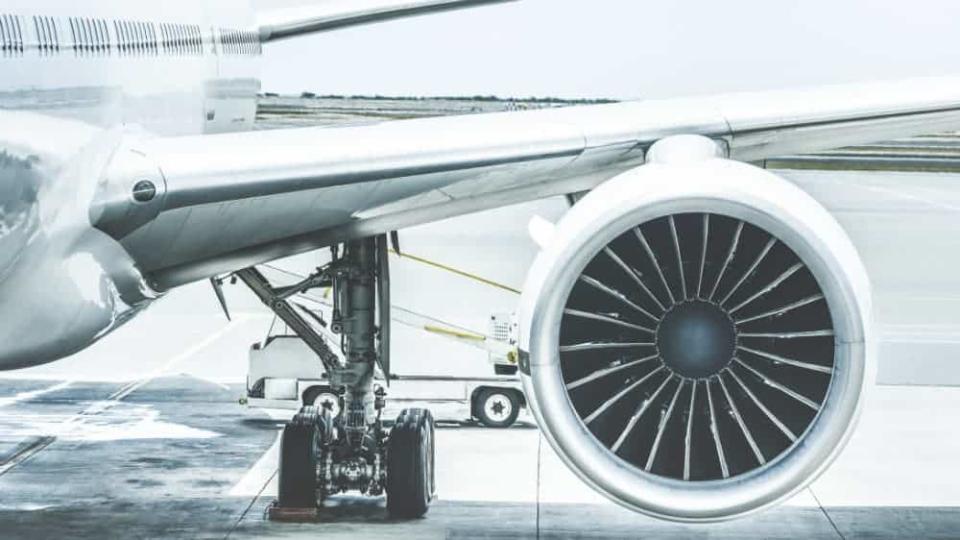Bombardier (TSX:BBD.B) Stock Jumps 10%: Should You Buy Today?

Bombardier (TSX:BBD.B) shareholders are hoping some recent news could signal the end of a nasty slide in the stock price, while contrarian investors are wondering if this might be a good time to add the stock to their portfolios.
The shares rose more than 10% in early trading on October 31 on news the company is selling its aerostructures business located in Northern Ireland for US$500 million. Under the agreement, the purchaser, Spirit AeroSystems Holdings, will continue to build and supply structural aircraft parts for Bombardier’s line of business and private jets, including the Learjet, Global, and Challenger planes, as well as the former CSeries, now owned by Airbus.
The market likely applauded the news, as the sale will bring in cash at a time when Bombardier’s debt situation remains a concern.
The company finished Q3 2019 with net debt of US$9.2 billion, or about $12 billion in Canadian dollars. That’s a lot for a business with a current market capitalization of roughly $4 billion.
Taking on debt to build trains and planes is normal, but the company has run into significant issues on both sides of the business in recent years resulting in delayed revenue generation and lost sales.
Bombardier’s biggest woes are connected to the multi-year problems it had with the CSeries jets. Development, production, and delivery delays of more than two years on the initial sales drove up costs and put the balance sheet under severe stress.
Airlines normally do not pay for new jets until they take delivery, so expected revenue did not materialized on schedule. The situation got so bad in 2015 and early 2016 that Bombardier required US$2.5 billion in financial assistance from Quebec and the province’s pension fund.
The stock bottomed out around $0.80 per share in early 2016.
The board then shelved the dividend and brought in a new CEO to try to turn the tide. The move initially helped, as Bombardier secured two large CSeries orders and the stock soared over the next two years to a high above $5.40 in the summer of 2018, just after Bombardier sold a majority stake in the CSeries to Airbus.
Since then, things haven’t gone as planned. Sales of the former CSeries, now called A220, have not rolled in as anticipated under the Airbus umbrella. Recent reports of engine problems could make further sales more difficult to secure.
Bombardier is behind schedule on its turnaround efforts and continues to burn through cash at a worrying pace. The company warned earlier in 2019 that full-year revenue would miss guidance by US$1 billion, due to ongoing issues in both the rail and aerospace divisions.
A series of assets sales has resulted in Bombardier’s exit from the commercial airline sector. After the sale of the CSeries, Bombardier sold its Dash 8 last year and announced a US$550 million sale of the CRJ business line this summer. That deal is expected to close in early 2019 and, combined with the Spirit deal, will provide more than US$1 billion in much needed cash.
Bombardier burned through another US$682 million in Q3 2019, bringing the total for the first nine months of 2019 to US$2.16 billion. Cash and cash equivalents as of Sept. 30 sat at US$2.26 billion, so the company has less than a year’s worth of funding at the current burn rate.
Available credit facilities of US$755 million and the proceeds from the assets sales would give the company an extra six to nine months, assuming no change in the negative cash flow rate, so the bleeding will have to stop soon.
Should you buy the bounce?
Bombardier’s share price jumped from $1.59 to $1.76 on the latest news. Additional gains could be on the way in the near term, given the steep decline in the past year, but I would still avoid the stock today.
Why?
Bombardier is running out of assets to sell, and it has more than US$3 billion in debt coming due before the end of 2022. If revenue doesn’t ramp up in a meaningful way in the near term, the company could face a cash crunch, sending the stock back toward the 2016 low.
More reading
Fool contributor Andrew Walker has no position in the companies mentioned.
The Motley Fool’s purpose is to help the world invest, better. Click here now for your free subscription to Take Stock, The Motley Fool Canada’s free investing newsletter. Packed with stock ideas and investing advice, it is essential reading for anyone looking to build and grow their wealth in the years ahead. Motley Fool Canada 2019

 Yahoo Finance
Yahoo Finance 